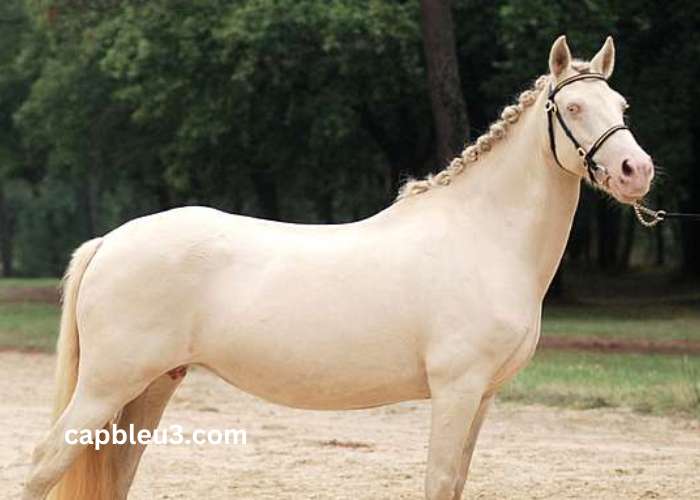
Turf betting, often synonymous with the thrill of horse racing, has captivated enthusiasts for centuries. From the regal settings of Ascot to the lively tracks of Churchill Downs, the allure of turf betting undeniable. Amidst the multitude of strategies, one stands out for its elegance and effectiveness – Cheval DE Base. In this comprehensive guide, we delve into the intricacies of this strategy, uncovering its nuances and offering insights to enhance your turf betting experience.
Understanding Cheval DE Base
At its core, Cheval DE Base, or “horse of the base,” revolves around selecting a single horse as the foundation of your betting strategy. Unlike complex systems that rely on intricate calculations, Cheval DE Base emphasizes simplicity and intuition. The key lies in meticulous analysis of a horse’s performance, pedigree, and track conditions to identify the most reliable contender. Central to the Cheval DE Base strategy is the thorough examination of performance metrics. From past race outcomes to speed ratings, every detail contributes to the decision-making process. By scrutinizing factors such as finishing positions, margin of victory, and consistency, bettors can discern patterns indicative of a horse’s potential.
Factors Influencing Selection
In the realm of turf betting, myriad variables influence a horse’s performance. Weather conditions, track surface, jockey skill, and trainer proficiency are just a few factors to consider. Cheval DE Base advocates prioritize horses with a track record of success under similar circumstances, leveraging their expertise to make informed decisions.
Pedigree Analysis
Beyond recent performance, a horse’s pedigree offers valuable insights into its inherent capabilities. By tracing lineage and assessing bloodlines, bettors can gauge predispositions towards specific track conditions and distances. Cheval DE Base enthusiasts meticulously study pedigree charts, identifying horses with a genetic advantage in forthcoming races. Turf betting is inherently tied to the condition of the racing surface. Whether firm or yielding, the track exerts a significant influence on race outcomes. Cheval DE Base practitioners adeptly adapt their strategies based on prevailing track conditions, favoring horses with demonstrated proficiency on similar surfaces.
Strategic Betting Approaches
While Cheval DE Base provides a solid foundation, its implementation requires strategic finesse. Savvy bettors employ a variety of approaches to maximize returns while minimizing risks. From single bets on the chosen horse to exotic wagers like exactas and trifectas, the possibilities are endless. Each approach carries its unique considerations, necessitating careful evaluation based on individual preferences and risk tolerance. In the unpredictable world of turf betting, prudent bankroll management is paramount. Cheval DE Base adherents exercise discipline and restraint, allocating funds judiciously across a spectrum of wagers. By adopting a systematic approach to bankroll management, bettors safeguard against excessive losses and ensure longevity in their betting endeavors.
Psychological Aspects of Betting
Beyond statistical analysis and strategic planning, turf betting encompasses a psychological dimension. Emotions often run high amidst the adrenaline-fueled atmosphere of the racetrack, influencing decision-making processes. Cheval DE Base proponents advocate for a rational, level-headed approach, detached from impulsive impulses and anchored in reasoned judgment.
Conclusion
The landscape of turf betting is ever-evolving, shaped by dynamic variables and unforeseen developments. Cheval DE Base enthusiasts embrace a philosophy of continuous learning and adaptation, refining their strategies in response to emerging trends and insights. By staying abreast of industry developments and harnessing the power of data analytics, bettors can maintain a competitive edge in the tumultuous world of turf betting.